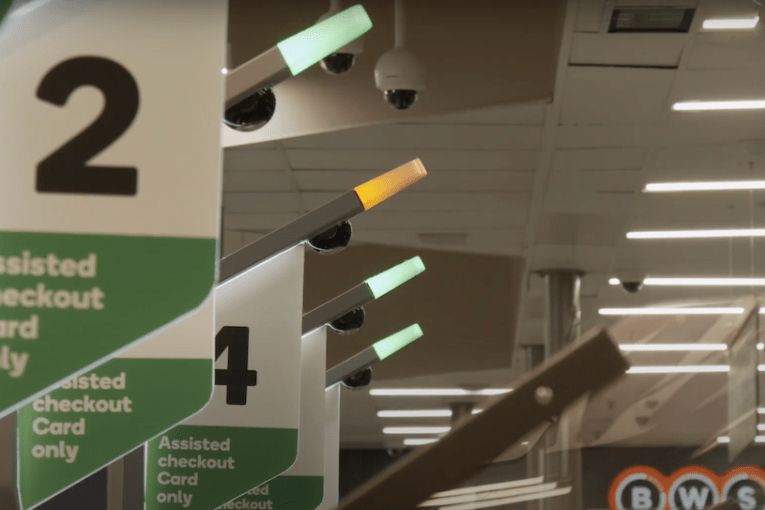Australians begin repayments as COVID loan deferrals come to an end


Deferred loans represented 9 per cent of the total in July, marking a 1 per cent fall on the previous month. Photo: Getty
Australians are beginning to repay deferred loans as the big four banks’ six-month ‘repayment holidays’ come to an end.
More Australians began repaying their loans in July than asked for extensions, which industry commentators note is a promising sign for borrowers.
But deferred loans still account for close to 9 per cent of total lending, with businesses hardest hit.
In total, Australian borrowers have deferred repayments on $240 billion worth of loans – representing almost one-fifth of the $2.7 trillion loaned out by Australian lenders.
The majority of the deferred money ($167 billion) has come from homeowners, with a further $55 billion coming from the small business sector.
Steve Mickenbecker, financial services executive with comparison site Canstar, said the figures shows the “degree of hurt” still affecting borrowers.
But the numbers also show more Australians are now repaying their loans than taking on deferrals.
It’s a step in the right direction, Mr Mickenbecker said.
“Deferrals ran up quickly in April, peaking in May at a concerning 10 per cent of total lending,” he said.
“The good news is that deferrals have since trailed off to around 9 per cent, with June and July combined showing more coming off deferral than adding to it.”
Small businesses under pressure
Small businesses account for only about 22 per cent of loan deferrals in Australia.
But a breakdown of the data shows the $55 billion small businesses have deferred represents 17 per cent of all loans made to the sector.
The numbers suggest small businesses have been “hardest hit” by the coronavirus, Mr Mickenbecker said.
“This is where the pain is most broadly and immediately felt,” he said.
The data comes as economists and insolvency professionals caution growing numbers of ‘zombie businesses’ – companies kept alive only by government stimulus – are jeopardising the nation’s economic recovery.
Data from CreditorWatch shows business insolvencies are down 50 per cent on 2019, with temporary changes to trading-while-insolvent rules allowing firms to continue operating beyond their normal, natural life.
Banks offering further extensions
The major banks are now preparing for a wave of customers to recommence payments as their mortgage holidays end.
In a move designed to ease repayment pain, the Australian Banking Association (ABA) announced banks will make concessions for customers still facing financial difficulty.
This includes allowing customers to pay less than they previously did, allowing customers to make interest-only repayments and, in some hardship cases, extending deferrals by a further four months.
“Customers know what’s best for them,” ABA CEO Anna Bligh said.
“It’s the bank’s job to set out all the options and implications and ensure customers have the information and the time to make the right decision to suit their needs.”
To date, the banks have defered repayments on more than 900,000 loans for 450,000 customers.
By the end of July, repayments had recommenced on 13 per cent of deferred loans.








